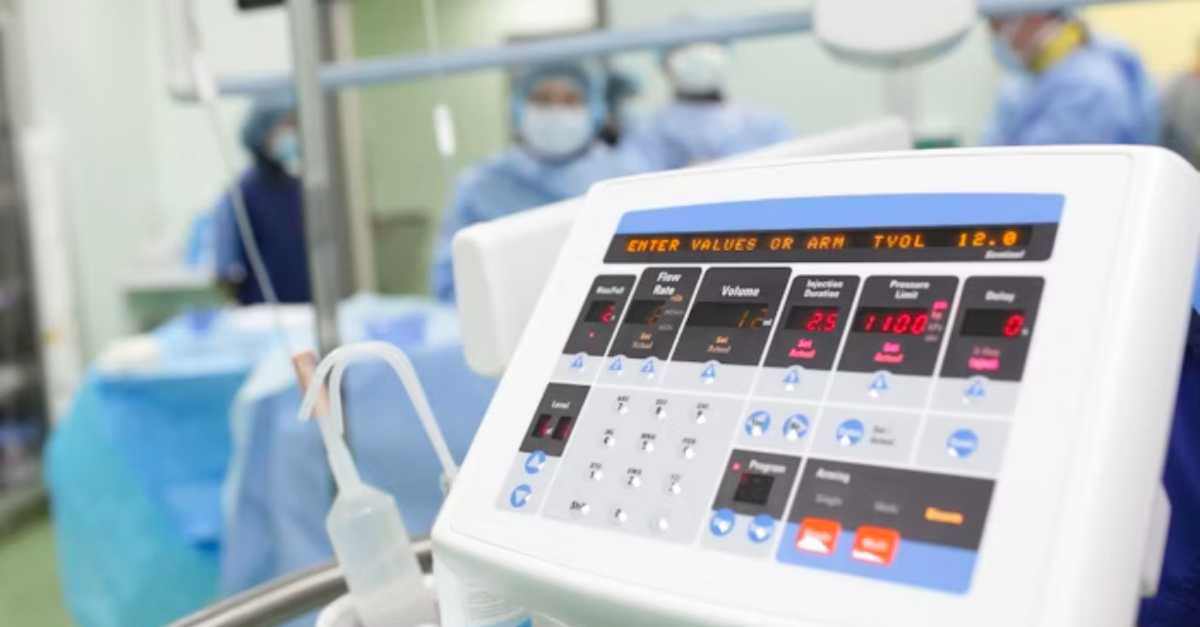
How to Improve Healthcare Technology Management with a Modern CMMS
Discover many common challenges facing hospital departments, how to streamline operations, and what to look for in a CMMS solution.
Solutions
Workplace Management Solutions
Real Estate Management Solutions
Maintenance Management Solutions
Energy Management Solutions
Engineering Document Management Solutions
Asset Management Solutions
Automate campus scheduling for classes, meetings, and exams with our EMS software.
Plan and manage conferences effortlessly with EMS software to impress guests and streamline operations.
Boost workplace flexibility and maximize space use with seamless desk and room booking.
Organize workplace or campus events smoothly, creating memorable experiences.
Optimize workspace, manage allocations efficiently, and reduce costs with our space management solutions.
Deliver projects on time and within budget by improving communication, collaboration, and efficiency with our software.
Streamline lease accounting for ASC 842, IFRS, and GASB compliance.
Manage leases efficiently by tracking key dates, analyzing costs, and ensuring compliance.
Centralize data and analytics for better insights, faster negotiations, and revenue growth.
Centralize facility and asset maintenance, automate work orders, and ensure compliance with our CMMS software.
Extend asset life, reduce downtime, and prevent costly repairs with data-driven monitoring.
Prevent equipment failures and extend asset life by detecting and addressing issues early.
Make sustainable, cost-efficient energy decisions by monitoring and optimizing power consumption.
Remotely monitor and control equipment with real-time data to predict issues, boost efficiency, and reduce downtime.
Easily share and collaborate on documents, creating a single source of truth for engineers and contractors.
Manage and analyze assets across their lifecycle to schedule maintenance, reduce downtime, and extend lifespan.
Improve visibility, automate work orders, and ensure compliance for efficient facility and asset management.
Resources
Browse our full library of resources all in one place, including webinars, whitepapers, podcast episodes, and more.
Support
Looking for access to technical support, best practices, helpful videos, or training tools? You’ve come to the right place.
About Accruent
Get the latest information on Accruent, our solutions, events, and the company at large.

Consider how maintenance programs can optimize systems availability and reduce outages.
By Rick Joslin, Senior Advisor, Healthcare Strategy & Senior Solutions Architect, Healthcare
For these departments, this approach means more reliance on technology resources and higher demands for knowing which devices are using these resources and the risks posed to organizational security. In today’s high-tech, connected healthcare environment, timely and informed decisions related to information networks are likely to have a direct effect on patient risk and network security. Like other industries, healthcare organizations are targets for network attacks from viruses and hostile entities, incur unexpected outages, and require planned downtime for maintenance. Knowing how the network is composed, and the potential effects, is critical to ensuring the right action is taken when needed.
Healthcare maintenance departments, especially those with connected equipment, must know how devices operate, which network resources are used, and what exposure the organization has to outside forces.
Since healthcare maintenance departments are already mandated to have a comprehensive inventory management system, it’s logical to close the loop between utilities/medical equipment inventory and information systems/technology (IS/T) inventory, and provide the necessary data points for proper network management.
As newer assets continue to increase the direct patient/technology connection, or become online-capable, healthcare technology management (HTM) now must inventory and identify those items accurately on hospital networks, to include potential network weaknesses. To properly secure and manage their networks, the IS/T team must know which devices are on their network, how these devices communicate, and other necessary information to make timely decisions about deployments, breaches, and updates.
In order to secure and manage organizational networks, computerized maintenance management system (CMMS) applications must have the ability to create and define configuration items (CI’s) as needed by IS/IT entities.
How valuable is this information to a healthcare organization? Let’s say a network connectivity device (a bridge, switch, or router) becomes unstable and IS/T must replace it. Using their CMDB, they would be confident in knowing which systems would be affected by taking that device offline and replacing it.
However, what if IS/T was not aware that a patient monitor is attached to that device? Or a respirator? And what if these devices were using that same network device to pass information to an attendant who was monitoring the feed for critical decision-making? IS/T could inadvertently cause increased risk to that patient because they did not know which medical devices were connected to it.
On the utilities side, fire suppression monitoring systems, emergency power distribution systems, environmental management, tube-delivery systems, and much more rely on the IS/T network to provide crucial, timely information to the management team. It's critical that IS/T understands how, and which, systems are affected by network outages and performance issues.
Ultimately, having access to and utilizing this CMDB data is vital to the safe, proper, and secure operation of the environment of care, as well as the safety and comfort of patients. All pertinent healthcare departments must have access to accurate data and understand how their actions may affect safety and risk.
Accruent’s HTM CMDB solution is one more way our products help you achieve safe and compliant working environments.
Norton AntiVirusTM is a trademark of Symantec Corporation or its affiliates in the U.S. and other countries.
Discover many common challenges facing hospital departments, how to streamline operations, and what to look for in a CMMS solution.
A modern, purpose-built CMMS solution can help your healthcare organization improve asset and equipment availability, simplify compliance, enhance ...
Learn the true cost of healthcare cybersecurity, the risks hospitals face, and how to implement an effective cybersecurity strategy.
Subscribe to stay up to date with our latest news, resources and best practices